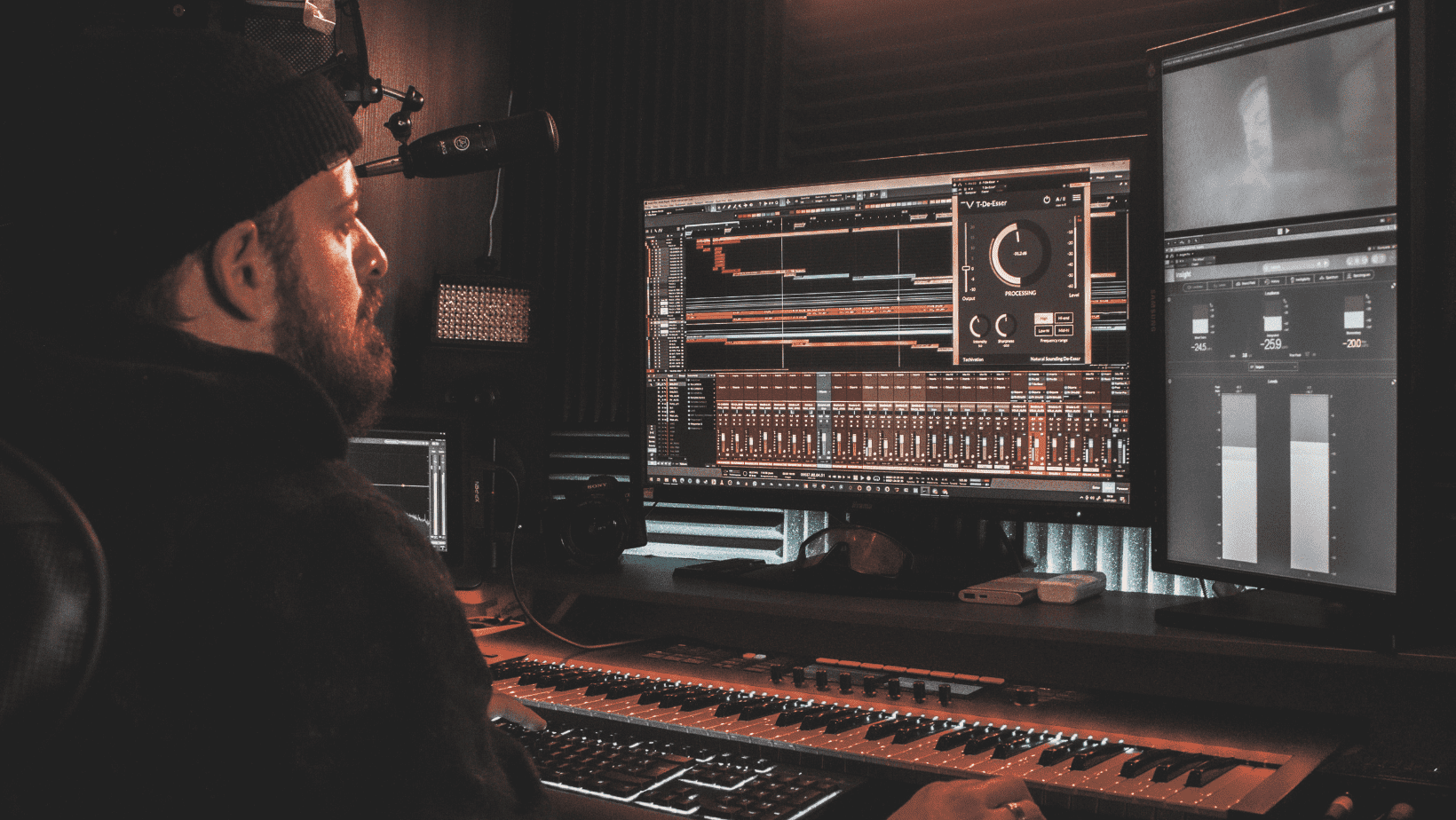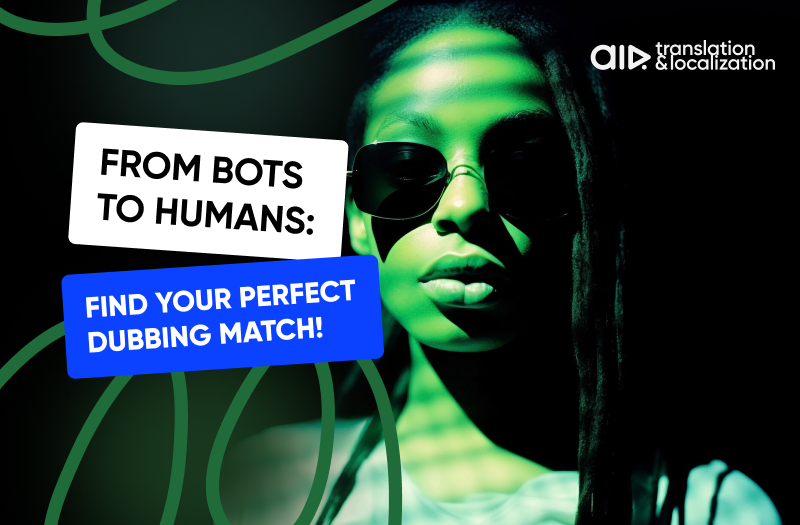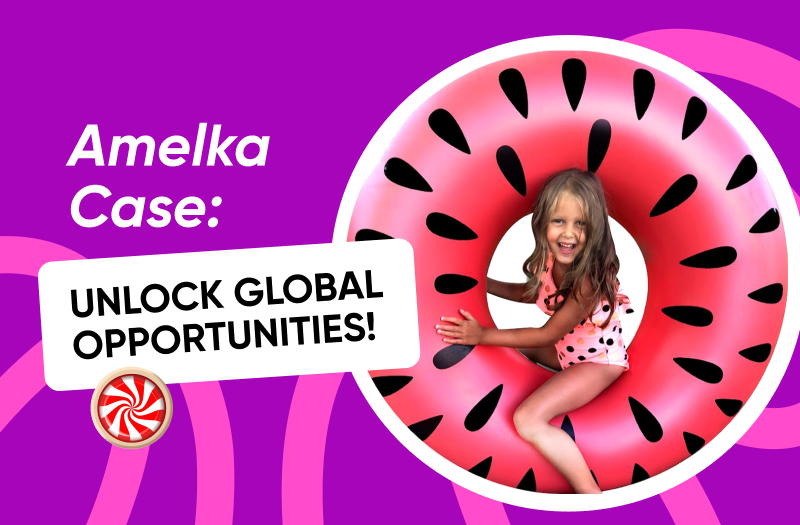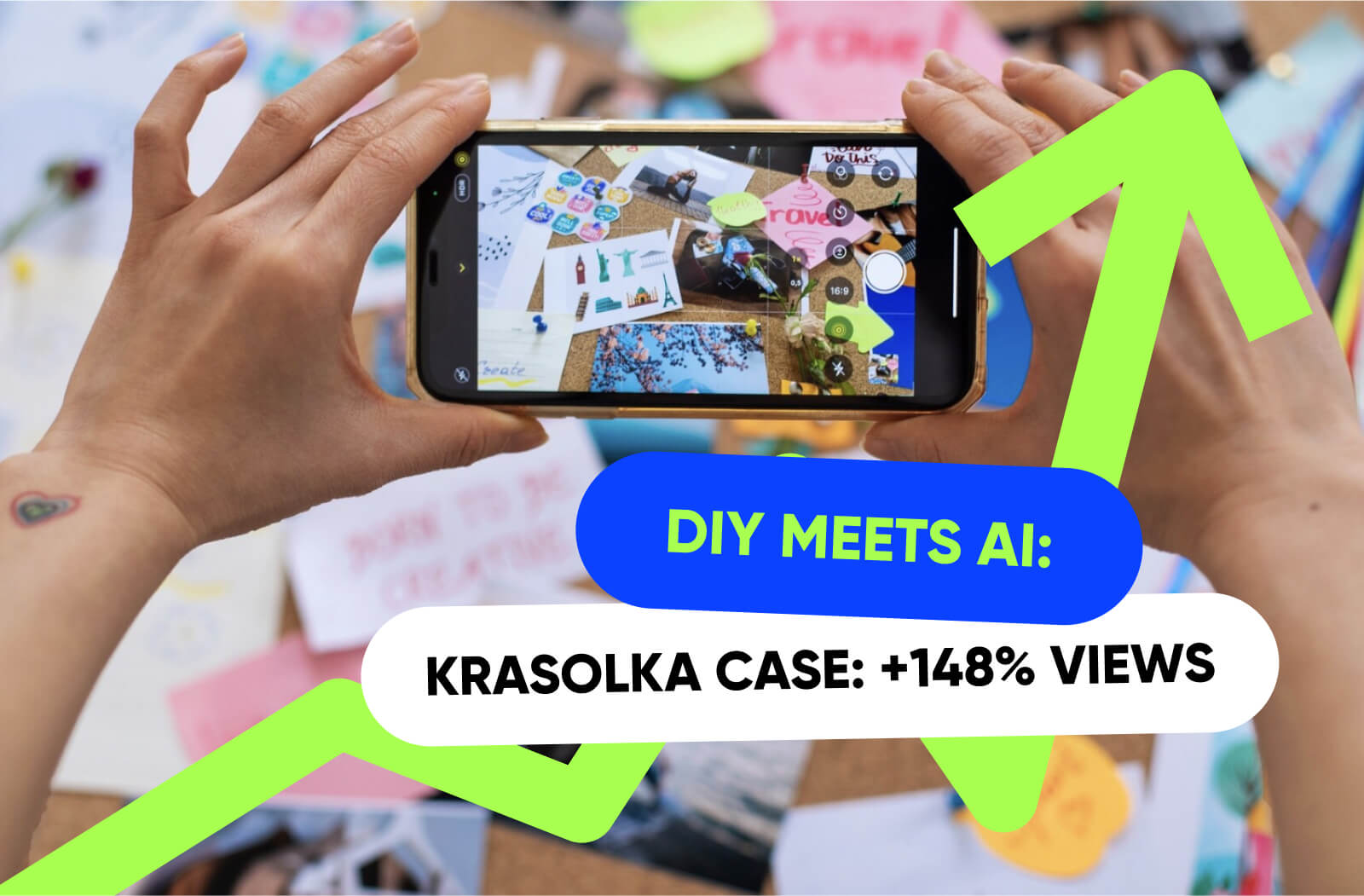
Not Sure Which Languages to Choose?
Video content is a go-to for reaching people everywhere. But if you want your videos to really click with viewers around the globe, you’ve got to do more than just translate – you need to localize them.
Video localization is all about making your content feel like it was made specifically for each audience, no matter where they are. Let’s dive into some best practices for video localization, especially for YouTube creators aiming to go global.
Get to Know Your Audience
The first step to nailing YouTube localization is really understand who you're talking to. This means diving into cultural differences, language preferences, and what matters to people in different places. When you get this right, your content feels more personal, with advanced video localization techniques, and less like it’s just been translated.
- Do Your Homework
Research is key here. You need to look into cultural norms, language quirks, and what people like to watch. Tools like social media insights and audience data help get the needed information.
- Get Local Insights
Teaming up with local experts – whether they’re cultural insiders or native speakers – can make your localization efforts spot-on. They’ll help you tweak everything from slang to cultural references so your videos really connect with the audience.

Adapt Cultural References
Cultural references and idioms can be tricky for video translation. They might be common in one place but need to be clarified elsewhere. Instead of sticking to direct translations, work with native speakers to adjust these elements to be relatable and understandable.
- Avoid Literal Translations
Translating something word for word can leave your viewers scratching their heads. Some phrases just don’t work the same way in other languages. A person who knows the culture can help keep the original meaning intact, even if the words change.
- Tailor Your Humor
What’s funny in one culture might not be in another – or worse, it could offend someone. Ensure your jokes and cultural references hit the right note with your audience by tailoring them to local tastes.
Make Subtitles Easy to Read
Subtitles are a big deal, especially if you’re keeping the original audio. They’ve got to be clear, easy to read, and not too overwhelming. Consider the font size, color, and how quickly they appear and disappear to ensure they work well.
- Keep It Short
When it comes to subtitles, less is better. Short, snappy sentences are easier to read quickly, so you don’t lose viewers while they’re trying to keep up with the text.
- Sync It Right
Your subtitles need to match the audio perfectly. It can confuse viewers and mess up their experience if they're off. This is especially important in fast-paced videos where every second counts.

Keep Visuals Consistent
While you’re tweaking content for different regions, don’t forget to keep your visuals consistent. This means making sure graphics, fonts, and on-screen text fit with the local culture but still feel like your brand.
- Use Culturally Relevant Visuals
Symbols, colors, and images can mean different things in different cultures. For example, white might symbolize purity in one culture and mourning in another. Knowing these differences and adapting your visuals is key to making your content feel right.
- Stick to Your Branding
Even as you localize, your branding should stay consistent. Keep using the same logos, color schemes, and overall design so your brand stays recognizable, no matter where your audience is.
Use AI to Speed Things Up
AI is changing the game when it comes to video localization. With AI tools, you can transcribe, translate, and even dub your videos quickly and accurately, making the whole process faster and cheaper.
- AI Transcription and Translation
AI can automatically transcribe and translate your videos into different languages quickly. While it’s not perfect, it’s getting better all the time and can be a great option if you’ve got a lot of content to handle.
- AI Dubbing
AI-driven dubbing is another cool tool. It can create voiceovers that match the tone and timing of your original audio, giving your viewers a more immersive experience.

AIR Media-Tech specializes in helping creators expand their reach through effective video localization. Our service, AIR Translation Lab, includes translation, dubbing, and tailored localization strategies to your needs. With hundreds of successful projects, we’re recognized by YouTube as a recommended vendor for content translation and localization.
Whether you’re looking to reach new audiences or boost engagement with your current content, AIR Media-Tech can help.
Case Study: Brave Wilderness and AIR Media-Tech
A great example of successful YouTube video localization is the Brave Wilderness YouTube channel, which teamed up with AIR Media-Tech to reach a global audience. With over 21 million subscribers, Brave Wilderness has become a leader in wildlife content. Through our partnership, we’ve helped localize their videos into multiple languages, making them accessible to audiences worldwide. By creating localized channels with professional dubbing, translated subtitles, and tailored metadata, they’ve been able to connect with diverse audiences all around the world.
Test Before You Launch
Before you roll out your localized content, test it with real people from your target audience. Their feedback can help you catch anything you might’ve missed and fine-tune your videos before they go live.
- Run Focus Groups
Get a small group of local viewers to see how they respond to your content. Their insights can help you make any last-minute tweaks so your video hits the mark.
- Try A/B Testing
Experiment with different versions of your localized content to see what works best. This way, you can fine-tune your approach for maximum engagement.

Ready to go global?
Reach out to the AIR Media-Tech experts anytime! We've helped translate hundreds of channels into dozens of languages, so we know what works. We’ll guide you on the best languages to boost your audience and engagement and support you with localization every step of the way. Don’t hesitate to get in touch with us!





